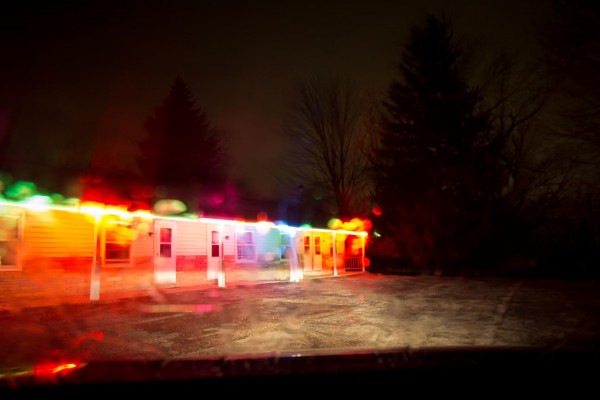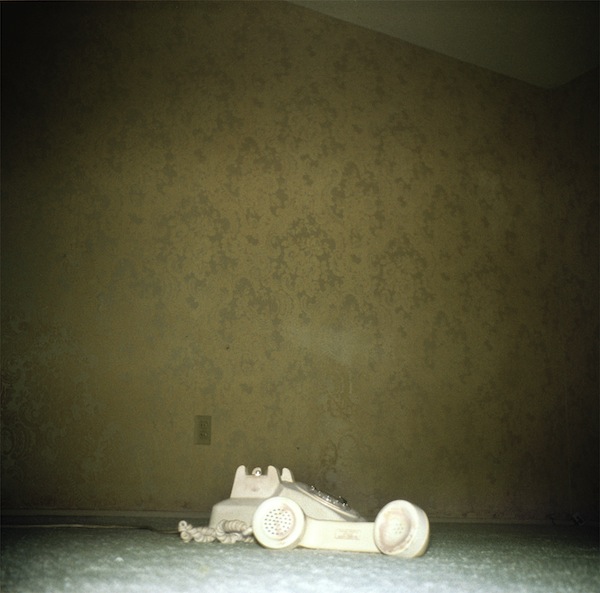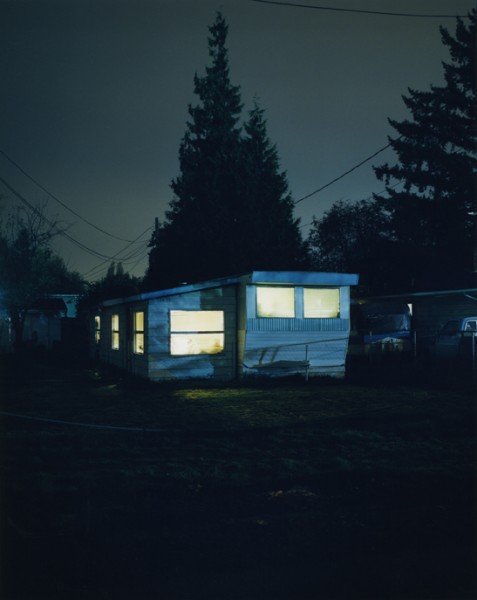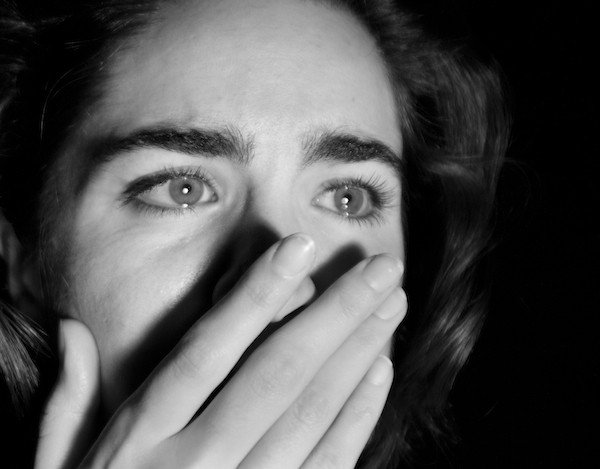Jazz by Ed van der Elsken
...but Van der Elsken's is the work of an authentic jazz fan and a maker of authentic photobooks...
Barney Wilen (ts), Miles Davis (t), René Urtreger (p, hidden), Pierre Michelot (b), Kenny Clarke (d)
during the concert in the Concertgebouw, Amsterdam, December 8, 1957
...but Van der Elsken's is the work of an authentic jazz fan and a maker of authentic photobooks...
Jazz by Ed Van der Elsken
First Edition, First Printing, 1959
This is a rare first edition, first printing of Van der Elsken’s critically acclaimed photobook “Jazz” published by De Bezige Bij, Amsterdam in 1959. Parr & Badger in “The Photobook: A History” write, “…this book is perhaps the most successful of numerous attempts to capture photographically the essence of jazz because it is more than just "a succession of musicians' portraits, or even a documentary record of performance, but a book that visually echoes the music itself. Other photographers, perhaps closer to the Jazz community, have made books on the subject, but Van Der Elsken's is the work of an authentic jazz fan and a maker of authentic photobooks.” Vince Aletti in “The Book of 101 Books: Seminal Photographic Books of the Twentieth Century” adds, “In a sense Van der Elsken turned his books into cinematic self-portraits, photographing and finding the ideal graphic shape for his passions. One passion was for jazz, and his 1959 book on the subject, shot at concerts in Amsterdam and The Hague, is clearly a devoted fan's attempt to capture not just the performer but the performance".
Featuring 79 black-and-white photogravure plates and measuring approximately 7” x 7”, the book is bound in photographically illustrated laminated boards. The edition was issued without a dust jacket.
Cited in all three reference works on photobooks: “The Book of 101 Books: Seminal Photographic Books of the Twentieth Century” by Andrew Roth, “The Photobook: A History” by Parr & Badger, and “The Open Book” by Andrew Roth.
Ed van der Elsken JazzThe 1950s consituted a golden age for jazz music. The decade was also renowned for classic small-camera photography, much of it as rough and ready as the best experimental jazz. The two art forms combine to perfection in Ed van der Elsken's gem of a book, Jazz.
Jazz is an elusive art form, and there would seem to be two aspects to pinning it down in a photobook: the form of the photographers and the form of the book. Van der Elsken's assiduous attention to both makes this modest volume probably the most successful of the numerous attempts to do so. Jazz is a spontaneous, fluid, improvisatory art, best caught on the wing, and this generally means photographing in a variety of illlit places. Formal, carefully lit studio portraits may be perfect for album covers, but they hardly catch the essence of a performance. Small cameras and available light, using a slow shutter speed, are much more effective ways of ambushing the practioners of what Whitney Balliett called the 'sound of surprise''.
The form of the book itself owes much, one suspects, to Klein's New York, and possibly to Brodovitch's Ballet. As with Sweet Life, the covers varied according to the country of publication. Inside the book begins with an image of crowd 'digging' a concert, then builds into a series of variations on the relationship between performers and audience, constructed in much the same way as a jazz musician constructs an improvised solo. Pages are split into two-, three-, four-, and six-part image combinations, resembling the clusters of notes in a saxophone or trumpet run. Graphically, vertical clusters of images suggest piano keys, while horizontal, stretched images recall held notes. The result is not just a succession of musicians' portraits, or even a documentary record of performance, but a book that visually echoes the music itself. Other photographers, perhaps closer to the jazz community, have made books on the subject, but Van der Elsken's is the work of an authentic jazz fan and a maker of authentic photobooks.
Martin Parr and Gerry Badger: The Photobook A History volume I: Memory and reconstruction: The Postwar European Photobook
I know I have already made my favorites list for 2007 but I do want to slip one late arrival in under the wire while we still have a couple days left. Jazz by Ed Van Der Elsken, originally published by De Bezige Bij in Amsterdam in 1959, has just been released in a facsimile edition from Karl Lagerfeld’s Edition 7L in Paris. This is one of several books that Edition 7L has created a facsimile edition of and in each case they have done so with beautiful results. This small book, unassuming from the outside with its 6 ¾ by 7 ¼ inch trim size, reveals itself within the span of just a few pages to be a remarkable document in both photography and book design. Elsken’s small format camera and fast speed film is the perfect combination to catch the spontaneity of what is transpiring both on stage and in the crowd. Within a few frames he shifts our vantage point from passive observers of the musicians to placing us in the shoes and on stage among the players. Jumping from wide shots to extreme close-ups, the strength of the photography is its ability to be as energetic as the music.
The design, also by Elsken, is another achievement in raising the energy level. The page layouts have their own rhythms and structure that are as metaphorically musical as necessary to create a visual accompaniment that expresses the excitement felt while listening to the music. The book starts with the crowd responding to the first notes and the layout progresses in a fairly traditional way until Miles Davis steps to center stage; Elsken makes a double page spread out of a vertical photo and turns Miles sideways so he defies gravity.
Parr and Badger in their citation of this book in Photobook Vol. 1 name William Klein’s New York as a likely influence to the design. I would add that some of Elsken’s page layouts echo the John Hermansader and Reid Miles Blue Note album covers of the late 1950’s with their heavily cropped and contrasty photos of musicians emerging from the darkness. For me, one of the more seductive qualities of the book is how the difference in the coarseness of the film’s grain varies from photo to photo and becomes another element in the design. ![]() Few of the images in Jazz escape with their original Leica proportions intact. Elsken crops the images down to their purest form and mostly for the sake of the book’s design. In one particularly creative page, Elsken splices the faces of Coleman Hawkins and Roy Eldridge onto the same head to form a tenor sax and trumpet playing hybrid. The book ends with a sequence of Sarah Vaughn building to a final never-ending note. The production work on this facsimile edition was done by Steidl. The original was printed in gravure and with this edition; Steidl has accomplished a beautiful faux-gravure printing that is ever so slightly silvery-blue in tone and deeply rich. The paper choice and tack sharp grain of Elsken’s photos complete the feeling of vintage gravure printing.
Few of the images in Jazz escape with their original Leica proportions intact. Elsken crops the images down to their purest form and mostly for the sake of the book’s design. In one particularly creative page, Elsken splices the faces of Coleman Hawkins and Roy Eldridge onto the same head to form a tenor sax and trumpet playing hybrid. The book ends with a sequence of Sarah Vaughn building to a final never-ending note. The production work on this facsimile edition was done by Steidl. The original was printed in gravure and with this edition; Steidl has accomplished a beautiful faux-gravure printing that is ever so slightly silvery-blue in tone and deeply rich. The paper choice and tack sharp grain of Elsken’s photos complete the feeling of vintage gravure printing. ![]() The texts by Jan Vrijman, Hugo Claus, Simon Carmiggelt, Friso Endt and Michiel de Ruyter along with a song list of recommended listening appear in their original Dutch. A separate thin-paged booklet of English translations sits in the endpapers. The regular edition retails for only $30.00 which I find surprising inexpensive considering the fine quality. There is a special edition of 1000 copies also available for $100.00. This special edition is a facsimile made from an original copy of Jazz from Ed Van Der Elsken’s estate where he had written the names of all of the performers in silver ink directly onto the pages. 5B4
The texts by Jan Vrijman, Hugo Claus, Simon Carmiggelt, Friso Endt and Michiel de Ruyter along with a song list of recommended listening appear in their original Dutch. A separate thin-paged booklet of English translations sits in the endpapers. The regular edition retails for only $30.00 which I find surprising inexpensive considering the fine quality. There is a special edition of 1000 copies also available for $100.00. This special edition is a facsimile made from an original copy of Jazz from Ed Van Der Elsken’s estate where he had written the names of all of the performers in silver ink directly onto the pages. 5B4
 The texts by Jan Vrijman, Hugo Claus, Simon Carmiggelt, Friso Endt and Michiel de Ruyter along with a song list of recommended listening appear in their original Dutch. A separate thin-paged booklet of English translations sits in the endpapers. The regular edition retails for only $30.00 which I find surprising inexpensive considering the fine quality. There is a special edition of 1000 copies also available for $100.00. This special edition is a facsimile made from an original copy of Jazz from Ed Van Der Elsken’s estate where he had written the names of all of the performers in silver ink directly onto the pages. 5B4
The texts by Jan Vrijman, Hugo Claus, Simon Carmiggelt, Friso Endt and Michiel de Ruyter along with a song list of recommended listening appear in their original Dutch. A separate thin-paged booklet of English translations sits in the endpapers. The regular edition retails for only $30.00 which I find surprising inexpensive considering the fine quality. There is a special edition of 1000 copies also available for $100.00. This special edition is a facsimile made from an original copy of Jazz from Ed Van Der Elsken’s estate where he had written the names of all of the performers in silver ink directly onto the pages. 5B4Elsken,Ed van der
foto-jazz. Mit 116 s/w Fotos.
Nymphenburger Verlagshandlung, München, 1959
- Autoren/Mitwirkende: Ed van der Elsken, Joachim E. Berendt, Ausführung: gebunden, Hardcover, Auflage: , Jahr: 1959, Umfang: 110 Seiten im Format ca. 18,5cm x 17,5cm, Sprache: Deutsch, Erhaltung: gebraucht, sehr gut, leichte Gebrauchsspuren, Buchdeckel etwas gewölbt
JAZZ ("JAZZ 1955-1959.61") - Rare Fine Copy of The Revised Edition/First Printing
Van Der Elsken, Ed (Photographer); Van Den Berg, Eric & Bernlef, J. (Conributors)
Published by Amsterdam, Netherlands: Fragment Uitgeverij Amsterdam, 1991 (1991)
1st Printing. 150 pages. Published in 1991. Revised Edition of the photographer's classic. Possibly the single greatest photography book on jazz ever published. The first appearance of the 1991 Edition. Precedes and should not be confused with all other subsequent editions, including the new posthumous edition of 2008. The edition is now rare. A brilliant production by Fragment: Oversize-volume format in oblong shape. Black softcovers with white titles on cover and spine, as issued. Photographs by Ed van der Elsken. Essays by Eric van den Berg and J. Bernlef. Printed on thick coated stock paper in Amsterdam to the highest standards. In publisher's original plastic wrappers. In pictorial DJ with white titles on the cover and spine, as issued. Re-presents, in a handsome new edition, Ed van der Elsken's 1959 classic, with new photographs added that were taken subsequently in 1960 and therefore did not appear in the original edition. There is a whole shelf of great photography books on jazz. With each passing year, Ed van der Elsken's contribution is seen by both photography and jazz lovers as the single greatest book ever published on its inexhaustible subject thus far. "Ed van der Elsken's entry into music photography appeared just before the decisive moment when rock n' roll cemented its place as the popular music of choice for young people. It is perhaps the most successful of the era's many photographic attempts to capture the essence of jazz because it is more than just a succession of musicians' portraits or even a documentary record of performance, but a book that visually echoes the music itself" (Publisher's blurb). "Visually echoes the music itself" cannot be improved upon. The photographs, all of them unposed, of jazz's legendary artists are all here, performing before us, giving it all they got, and as Frank Sinatra once said of jazz, "dying a little bit" in the process: Ray Charles, John Coltrane, Dizzy Gillespie, Sonny Rollins, Louis Armstrong, Chet Baker, Count Basie, Dave Brubeck, Duke Ellington, Ella Fitzgerald, Benny Goodman, Lionel Hampton, Coleman Hawkins, Oscar Peterson, and Sarah Vaughn, among others. Francois Truffaut (his "Shoot The Piano Player" is one of the greatest films on jazz) once said that America has produced only two art forms that are authentically American: The Hollywood film of the Golden Age and jazz. An absolute "must-have" edition for Ed Van Der Elsken collectors and jazz aficionados alike. This title is now highly collectible in its own right. This is one of few copies of the Revised Edition/First Printing still available online, is still in the publisher's original plastic wrappers, and is in especially fine condition: Clean, crisp, and bright, a pristine beauty. All other copies of this edition online have major flaws while the 1959 Edition is rare and commands several thousand dollars when it turns up on the market. This edition is a lovely and accessible alternative, and offers additional photographs that appear for the very first time. A rare copy thus. 190 plates. Ed van der Elsken's "Jazz", "Love On The Left Bank", and "Sweet Life" were selected as three of the greatest photography books in "The Photobook". One of the greatest photographers of the 20th century.
DUTCH JAZZ ARCHIVE SERIES
Jazz at the Concertgebouw
Jazz at the Concertgebouw
It is still the most controversial jazz concert ever at the Amsterdam Concertgebouw: Saturday, April 9, 1960, the Miles Davis Quintet with John Coltrane. Hundreds of fans walked out in protest and disgust that night, while the other half of the audience was mesmerized by the new sounds they were hearing. Most of the critics reacted with astonishment and sometimes pure anger. Decades later, some of them would still feel ashamed about their harsh pronouncements. The Dutch jazz magazine Rhythme really exploded in its May issue: 'Following Dada standards, equipped with fool's cap and little green trumpets, the limit of the acceptable was cheerfully crossed. [...] What John Coltrane presented us with, was frankly scandalous and bore no relation whatsoever with playing the saxophone. Folks who dare call this the "music of tomorrow" don't have the slightest comprehension of music.' About the only reviewer who did not have to take back one word of his judgment afterwards, was Michiel de Ruyter of the Amsterdam daily Het Parool. Miles Davis' melodies, he wrote, 'are not just among the most beautiful (jazz) music of today, but will possibly one time be - in two, five or ten years - THE style and form.'
In retrospect, it is difficult to understand what all the fuss was about. In the spring of 1960, John Coltrane was cautiously exploring new ways of playing. He had recorded his first multiple tones in December 1959, on the album Coltrane Jazz, but his truly groundbreaking performance was still a year and a half away: Chasin' the Trane, November 1961. Dutch jazz fans, however, were ill prepared for even Coltrane's most moderate experiments. In those days, it sometimes took more than a year before American LPs were released in Europe. In April 1960, we knew the John Coltrane of the original Miles Davis Quintet of 1955-'56, we knew his albums Blue Train (1957) and Soultrane (1958), but we had never heard the sheets of sound on Giant Steps (May 1959), let alone the multiphonics of Coltrane Jazz. For Miles Davis' music the same was true. His 1958 albums Milestones and Porgy And Bess had been released here, but we had to wait until the late summer of 1960 to discover the modal improvising on Kind Of Blue (recorded March-April 1959). Holland was not alone that spring in its mixed reaction to the music of Miles Davis and John Coltrane. Three weeks before the Amsterdam concert, on March 21, 1960, the quintet had played at the Olympia in Paris, and the audience there expressed its discontent with loud whistling en booing during Coltrane's solos in On Green Dolphin Street and particularly Bye Bye Blackbird.
Barney Wilen (ts), Miles Davis (t), René Urtreger (p, hidden), Pierre Michelot (b), Kenny Clarke (d)
during the concert in the Concertgebouw, Amsterdam, December 8, 1957
On April 9, the Miles Davis Quintet was part of a Jazz At The Philharmonic package, assembled by Norman Granz and brought to Holland by impresario Lou van Rees, which before the intermission presented the Oscar Peterson Trio (with Ray Brown and Ed Thigpen) and the Stan Getz Quartet (with Swedish pianist Jan Johansson). There had first been an evening concert at the Kurhaus in Scheveningen, of which the final Miles Davis set was broadcast directly by VARA radio. Consequently the majority of the midnight audience at the Amsterdam Concertgebouw had already heard the quintet that evening, and many of them were absolutely shocked by Coltrane's playing. I must confess that, four days before my 18th birthday, I was no exception. Listening to the radio, I couldn't comprehend at all what Coltrane was trying to do. So I arrived at the Concertgebouw full of apprehension. Miles Davis had performed in The Netherlands twice before, in November 1956 with the Birdland '56 show (sharing the stage with Lester Young, Bud Powell and the Modern Jazz Quartet), and in December 1957 with his Ascenseur pour l'échafaud quintet (including Kenny Clarke). Both times my parents wouldn't allow me to go. Now that I was finally old enough to get their permission, would my first Miles Davis concert turn out to be an enormous disappointment? Strangely enough, my dark expectations didn't really come true. During the midnight concert I was mostly surprised by Coltrane's passive attitude. At times he seemed almost reluctant to play. So I had ample opportunity to enjoy the rest of the group: Miles Davis' intense and inspired improvisations, Wynton Kelly's joyful piano solos, and the swinging perfection of the rhythm section with bassist Paul Chambers and drummer Jimmy Cobb, carrying the soloists along with the effortless comfort of a large Cadillac.
It is still a mystery to me why Coltrane sounded so timid at the Concertgebouw, after his overpowering performance at the Kurhaus. (He blasts into an eight and a half minute solo in the Scheveningen performance of So What, officially released in 2008 by Columbia Records as part of the Kind Of Blue 50th Anniversary Box. By contrast, the entire Amsterdam version of So What lasts just ten minutes, with a four minute Coltrane solo that starts almost pensively and only slowly gets off the ground.) Some critics, who also noticed the difference between Scheveningen and Amsterdam, speculated that Coltrane simply may have been tired. That Saturday morning at six, the musicians had been woken up in Zurich, Switzerland, but they missed their plane to Amsterdam and arrived there with three hours delay - after which they hurried to the Kurhaus, and immediately afterwards had to leave for the Concertgebouw. Another possible explanation is that Coltrane didn't feel satisfied anymore as a member of the Miles Davis Quintet, since he wanted to start his own group. 'He was restless and uneasy throughout the entire tour, making it clear to all members of the band that he would rather be elsewhere, working on his own music on his own terms,' Jack Chambers wrote in his Miles Davis biography Milestones. So Coltrane may not have been motivated to give his all during two concerts on the same day. In his review for Het Parool, Michiel de Ruyter specified that his comments on Coltrane mostly pertained to the evening concert at the Kurhaus. 'Coltrane, who has been experimenting lately, among other things, with simultaneously obtaining two high, flageolet-like tones from an instrument that in principle can produce only one at a time, made high demands on the listener's capacity to absorb and understand,' he wrote. 'But it is fascinating to witness these experiments oneself now, that they are not done privately so that we can only hear the final result.'
During the Amsterdam concert of April 9, Miles Davis performed the exact same four tunes as the day before in Zurich: If I Were A Bell, Fran-Dance, So What and All Blues. (In Scheveningen he had played three different tunes after So What, namely On Green Dolphin Street, 'Round Midnight and Walkin'.) We don't know whether he consciously felt the need to compensate for Coltrane's less than complete commitment at the Concertgebouw. But one thing is certain, Miles Davis is playing at his top level here. Just listen to the transition from muted to open trumpet in All Blues: you will rarely hear a more convincing way to start a jazz improvisation.
Notwithstanding the controversy about Coltrane's playing, most of the Dutch critics remained in awe of Miles Davis as probably the most important leader in modern jazz. The reviewer of the national daily de Volkskrant praised his 'long melodic lines with extremely refined harmonies', and called his playing 'mystical'. Another critic, in the daily De Telegraaf, described him as 'the trumpet player with the most original style in today's jazz world'. And a profile in Het Vaderland, a daily paper from The Hague, presented him as 'the central figure in the jazz of the fifties'. So in October 1960, just half a year after the tumultuous April performances, it was a logical decision of Norman Granz and Lou van Rees to bring Miles Davis to Holland again. This time he gave two full concerts at the Kurhaus and the Concertgebouw. The rhythm section was still the same, but John Coltrane had indeed given his notice immediately after returning to the U.S. In May 1960, he premiered his own quartet at the Jazz Gallery in New York.
Davis replaced Coltrane briefly with Jimmy Heath, but that turned out to be impractical. Heath had just finished serving a fifteen-month term on a narcotics conviction, and the parole board wouldn't let him travel beyond ninety miles of his hometown Philadelphia. So Miles Davis was forced to hire another saxophonist. He chose Sonny Stitt, a bebop virtuoso who felt little inclination to apply himself to the modal music the group was focusing on since the release of Kind Of Blue. Stitt would leave after only a few months, in the beginning of 1961, but he played the whole European tour of September and October 1960.
At the Concertgebouw on Saturday, October 15, the Miles Davis Quintet logically was received with less controversy than in April. The Dutch jazz audience by now had been able to familiarize itself with the album Kind Of Blue and the new sounds it represented. Ironically, most fans in the hall (including myself, as I can see in the notes I made that night on the concert program) thought they heard Flamenco Sketches, while the band was playing All Blues. On the original edition of Kind Of Blue, Columbia Records had stupidly switched the two titles. But the big difference, of course, was the absence of John Coltrane, whose first Dutch concerts with his own group, one year later in November 1961, would again give rise to much heated debate.
Sonny Stitt, however, was not welcomed with unanimous enthusiasm as a new member of the Miles Davis Quintet. In the modal tunes So What and All Blues he audibly does not feel comfortable. In But Not For Me he uncharacteristically appears to run out of licks and ideas toward the end of his alto solo. In fact, the only times Stitt really seems willing and able to stretch out are during Stardust and Old Folks, his two gorgeous ballad features, without Miles Davis, after the intermission. I remember talking to my jazz friends after the concert, and referring to Stitt's playing as 'frustrated'. Imagine my surprise on reading Michiel de Ruyter's review in Het Parool on Monday: 'I would be inclined to start analyzing the frustration of alto saxophonist Sonny Stitt, with his - relatively - rather orthodox playing.' (Clearly, my insight into the music had grown since April 9.) 'But there is so little purpose to all this,' De Ruyter continued, 'and I feel little need to coolly analyze - one of the critic's tasks. I would much rather state, emotionally, that the jazz we heard at the Kurhaus and the Concertgebouw was music of the very highest order, an intensity, a nobility, an unearthly beauty, so much so that it is difficult to acclimatize afterwards.'
In his memoir What It Is: The Life of a Jazz Artist, saxophonist Dave Liebman looks back on his period with Miles Davis (1973-'74). The most important thing he learned, Liebman says, 'is that once the count-off is finished, this is serious business. It was as if there was no past, no future, and any fooling around or anything less than a dead serious attitude was not cool.' Whatever the circumstances, 'you are expected to play like your life depends on it.' This, more than anything, is the impression I retain after hearing these two concerts again, more than half a century later. Whatever Miles Davis demanded of his sidemen, he first of all demanded of himself. And his superhuman intensity leaves the listener with wonder and admiration.
BERT VUIJSJE
Jazz journalist and author of Rita Reys: Lady Jazz (Thomas Rap, Amsterdam, 2004)
Literature:
Jack Chambers: Milestones 2 - The Music and Times of Miles Davis Since 1960. William Morrow, New York, 1985. Dave Liebman (with Lewis Porter): What It Is - The Life of a Jazz Artist. The Scarecrow Press, Inc., Lanham (Maryland), 2012.





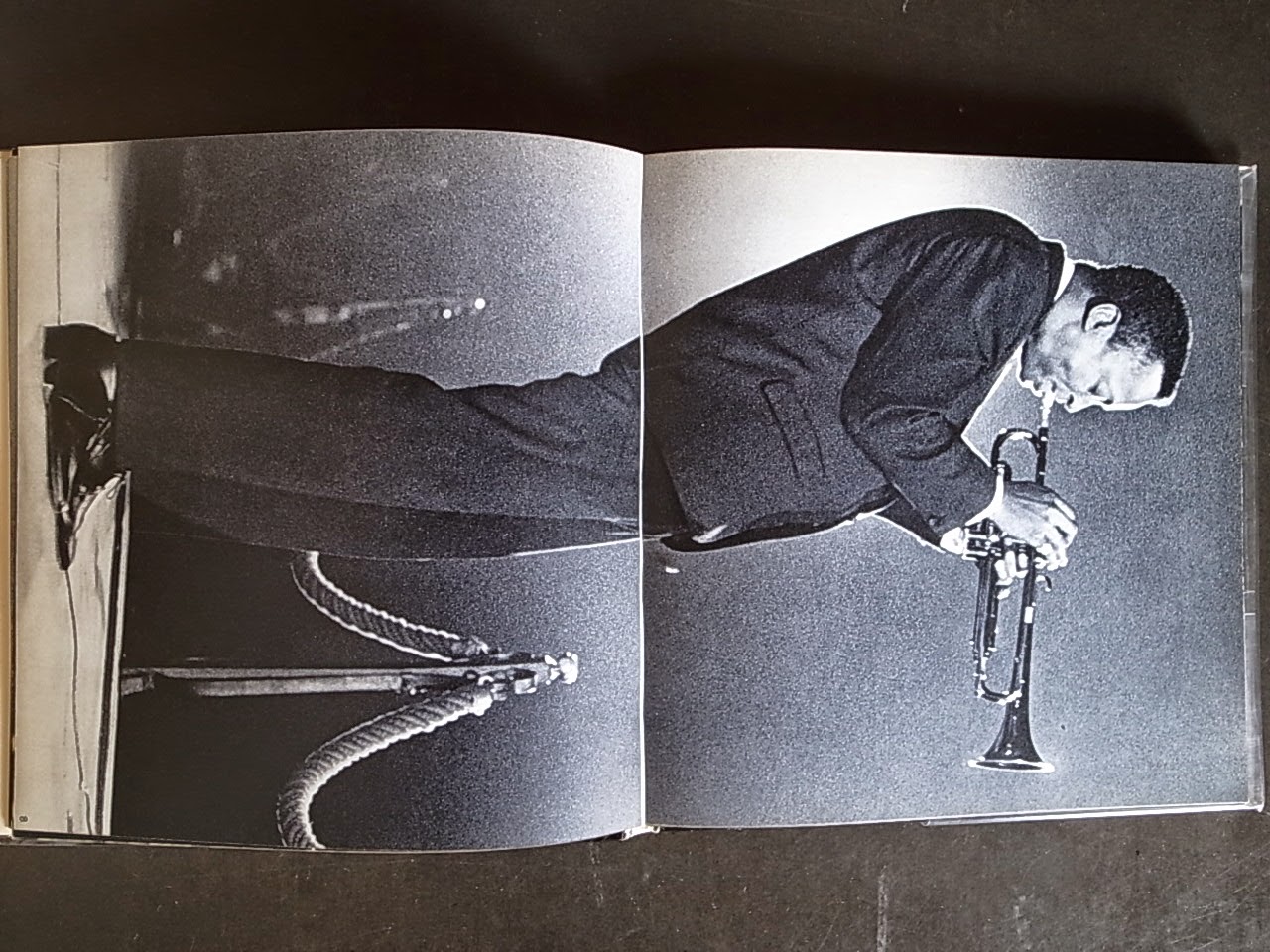
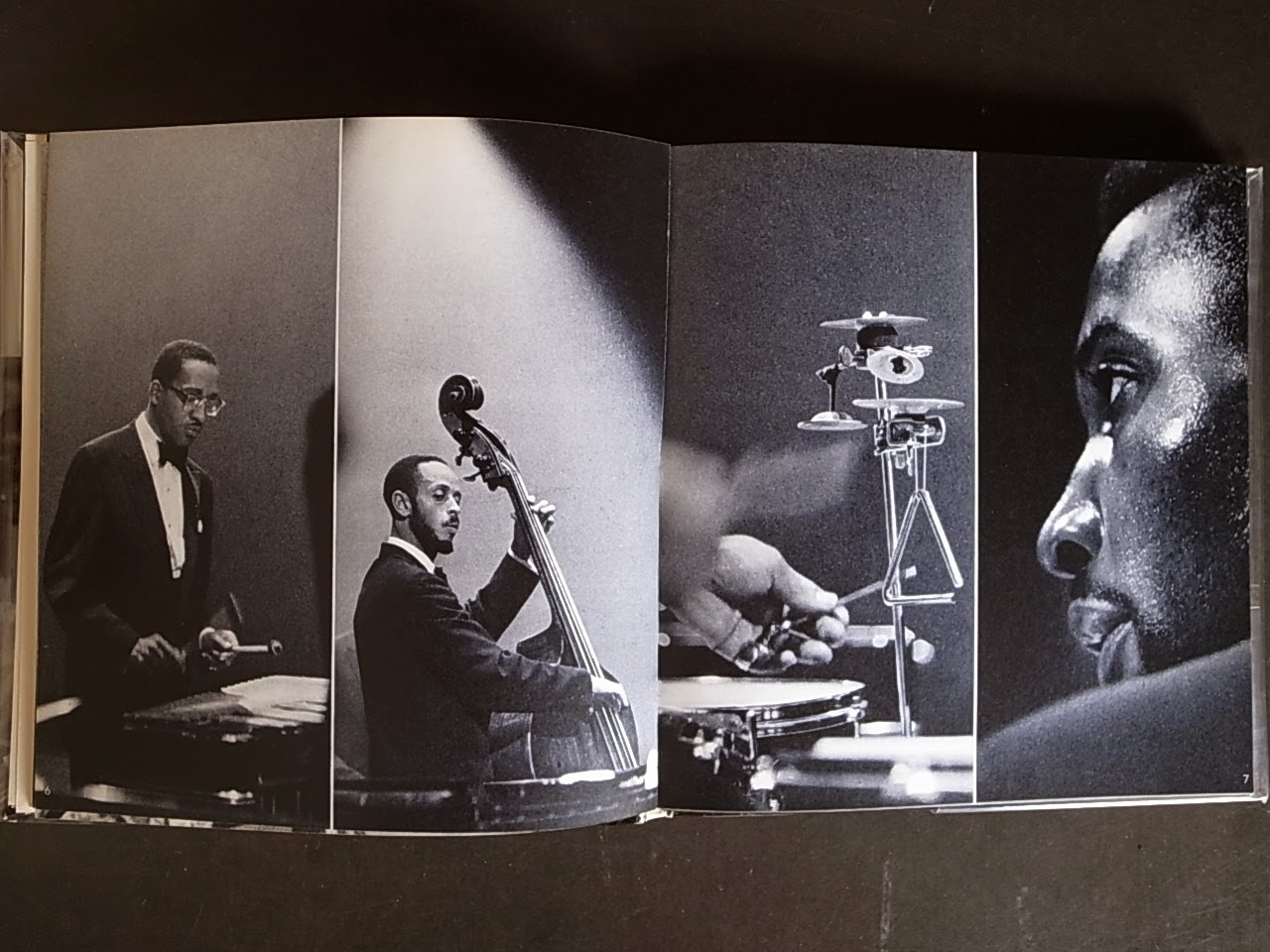
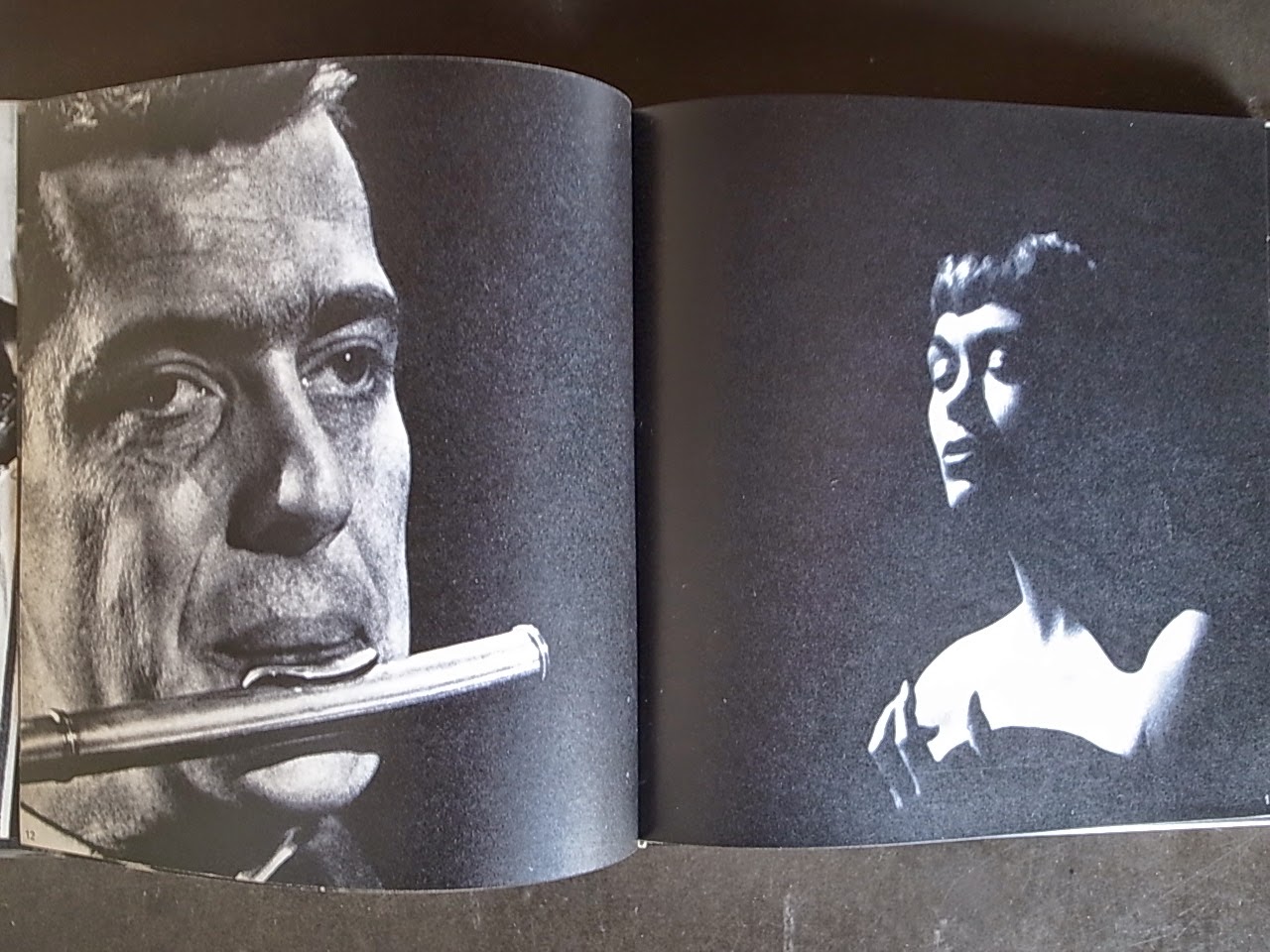

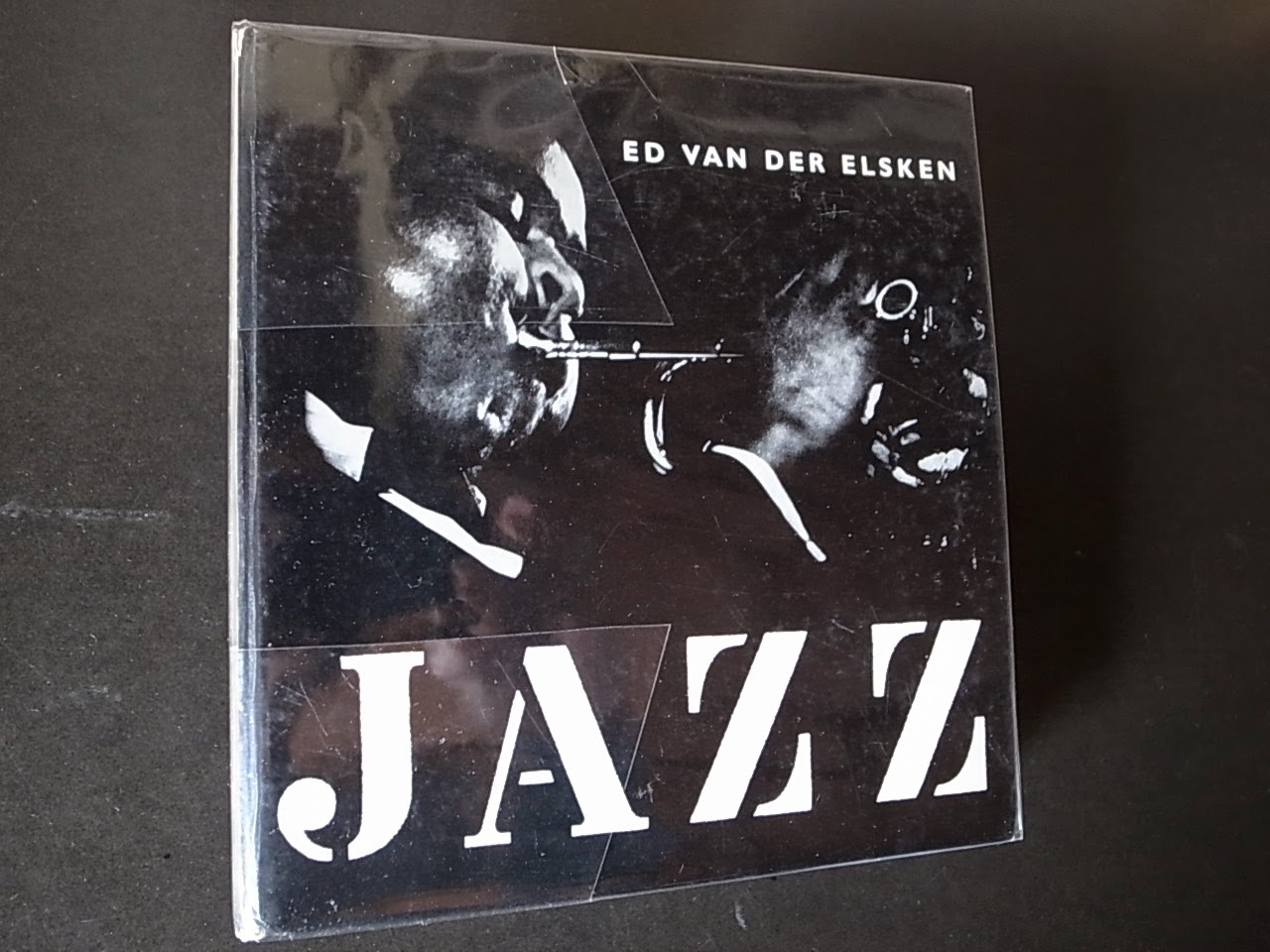
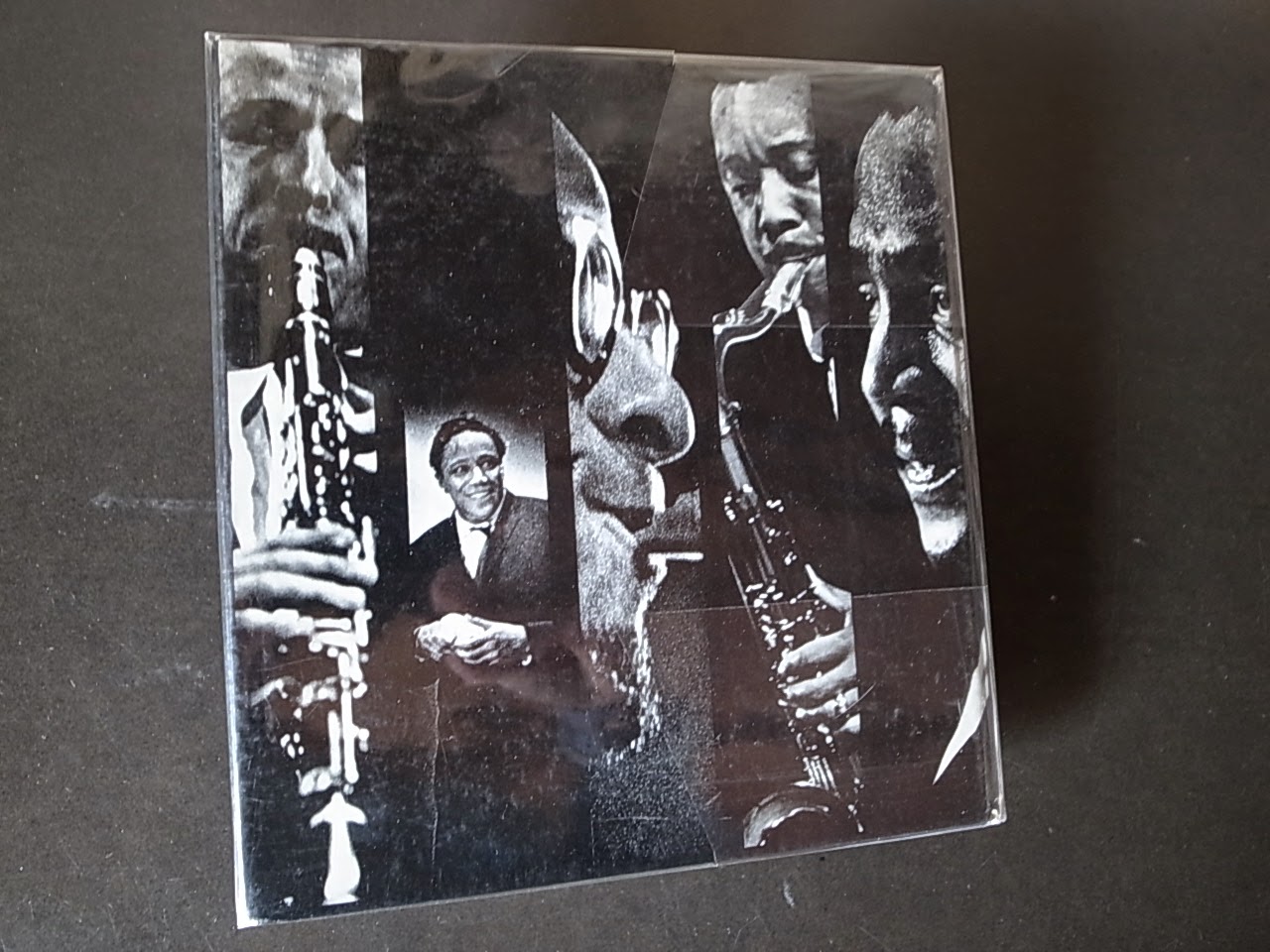




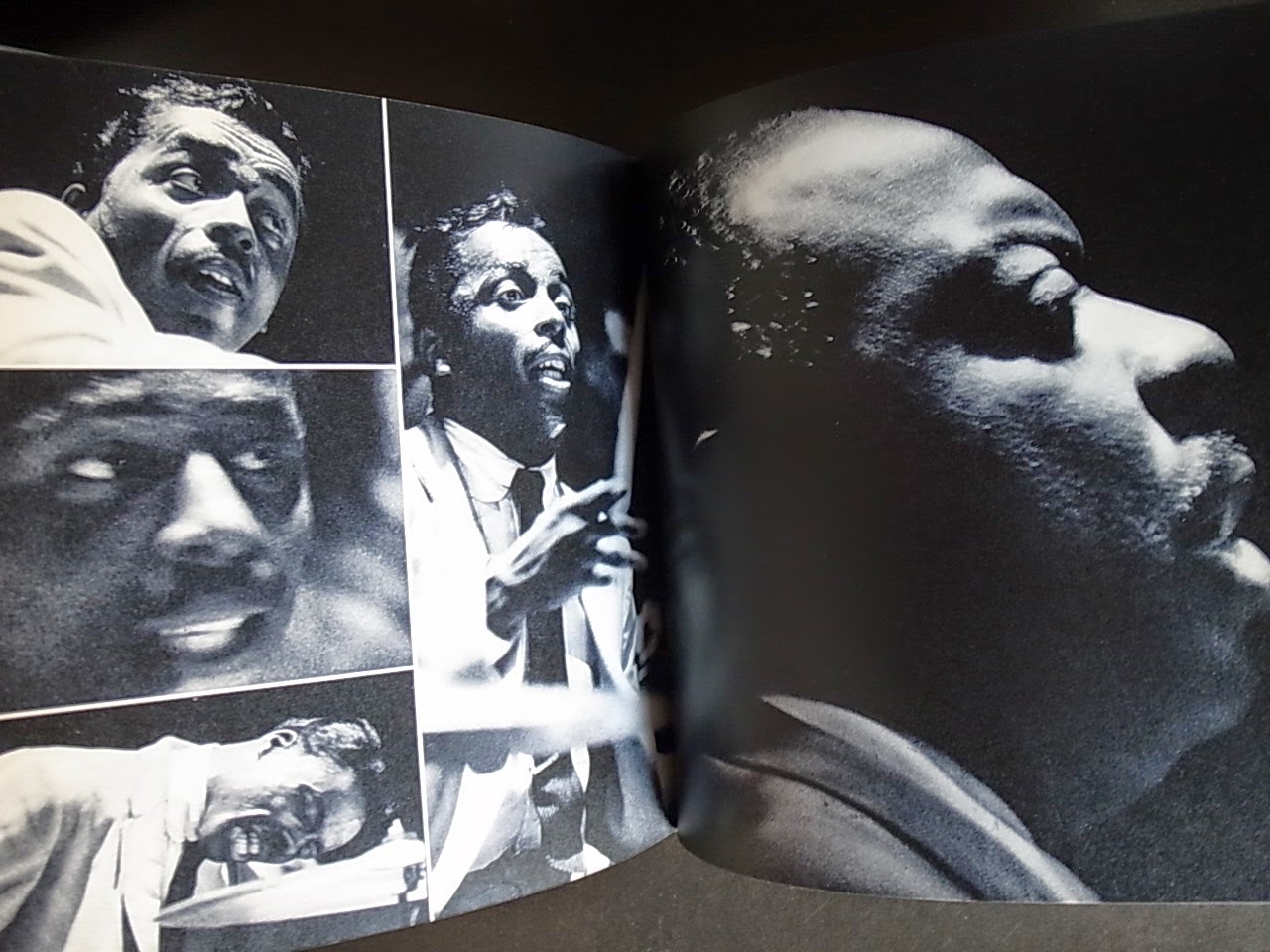








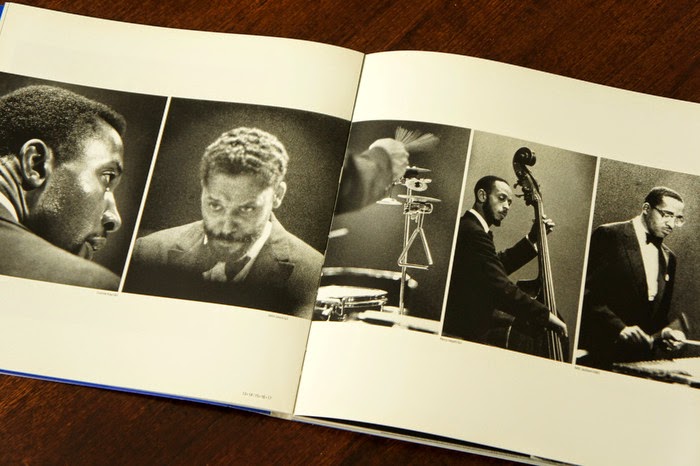

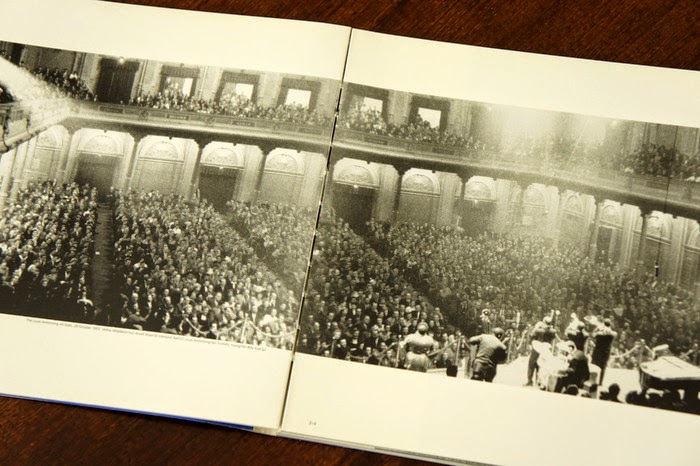

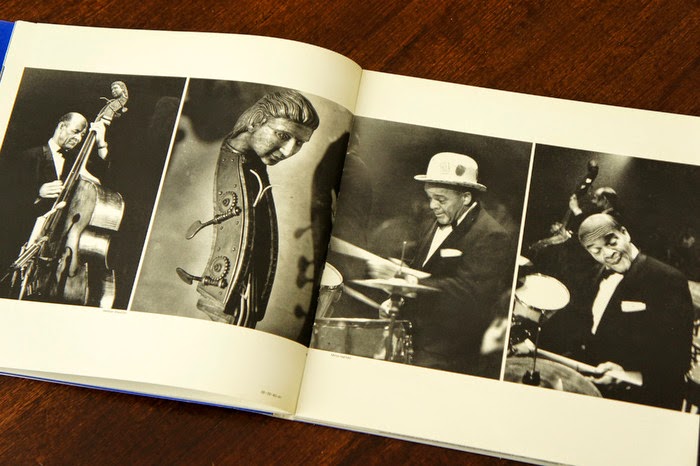
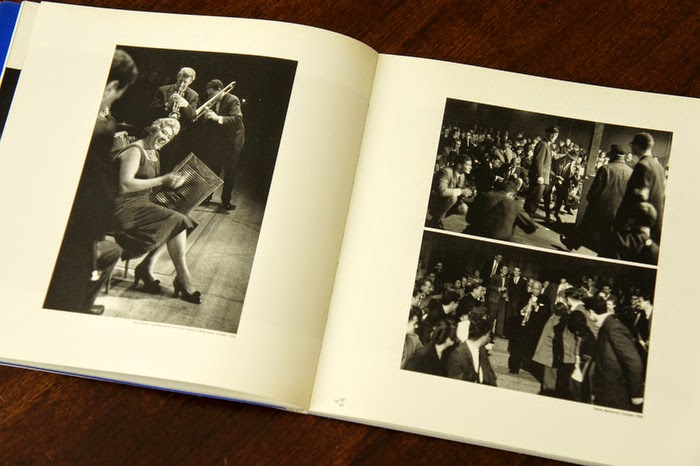










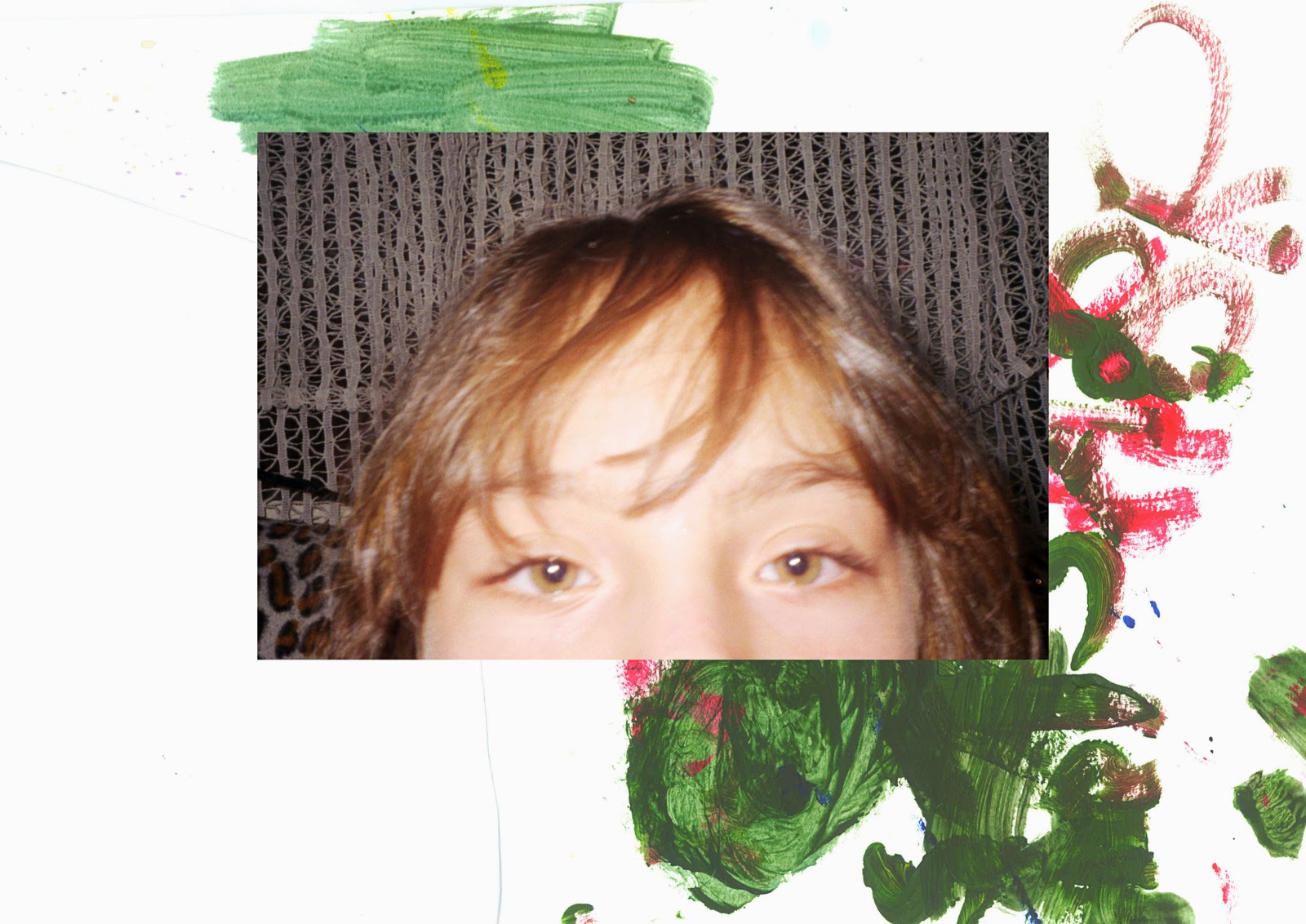






























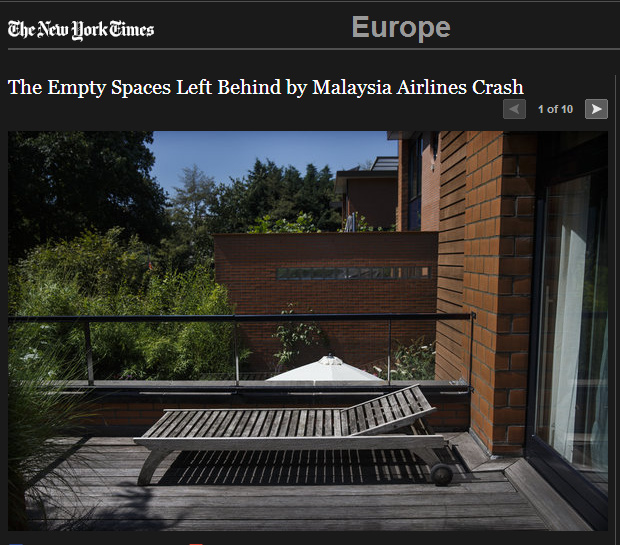
















































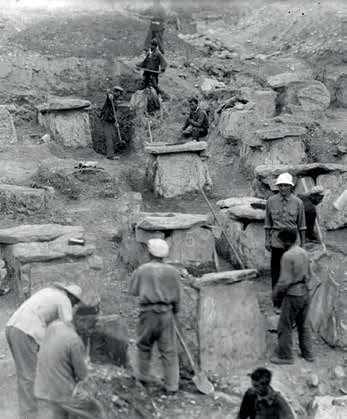































































.jpg)





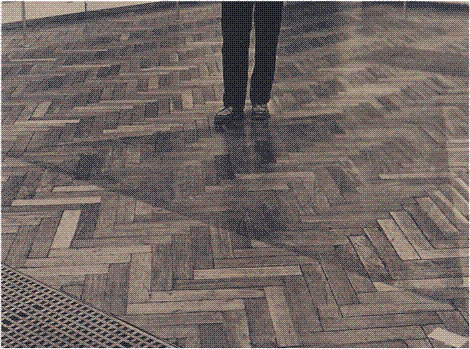

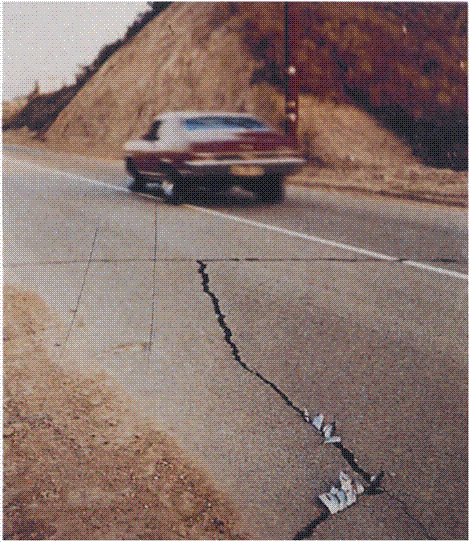
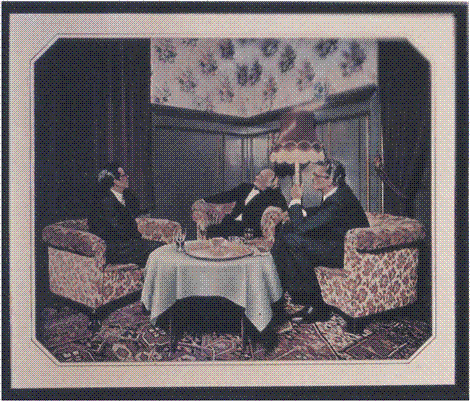
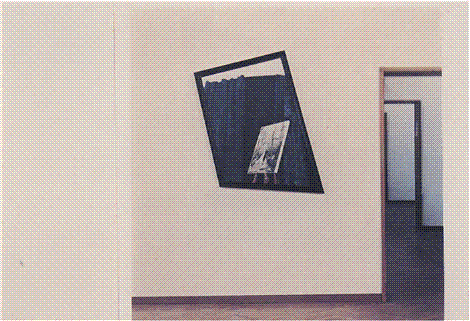
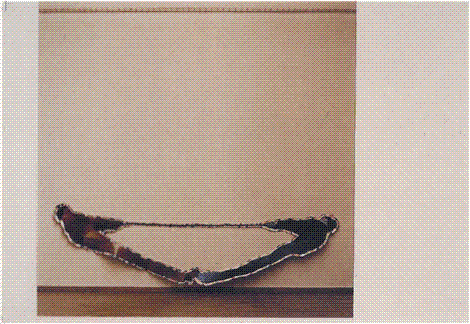
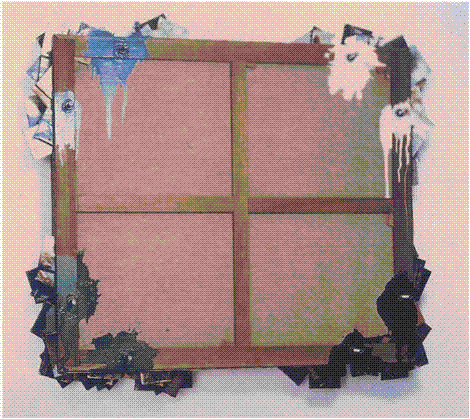
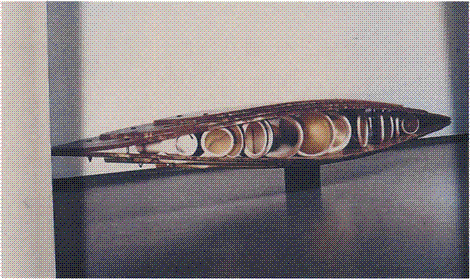
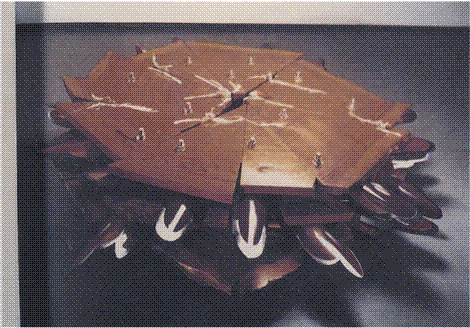







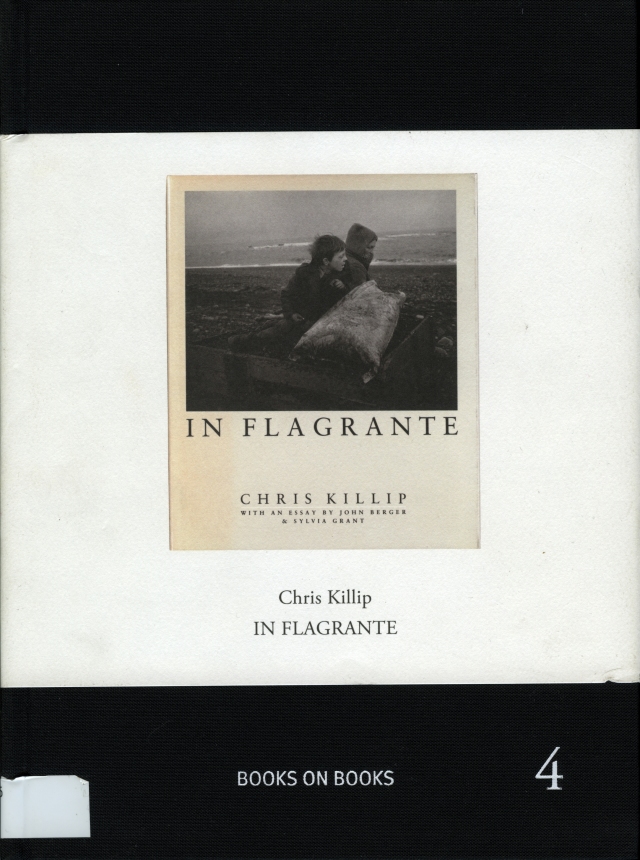
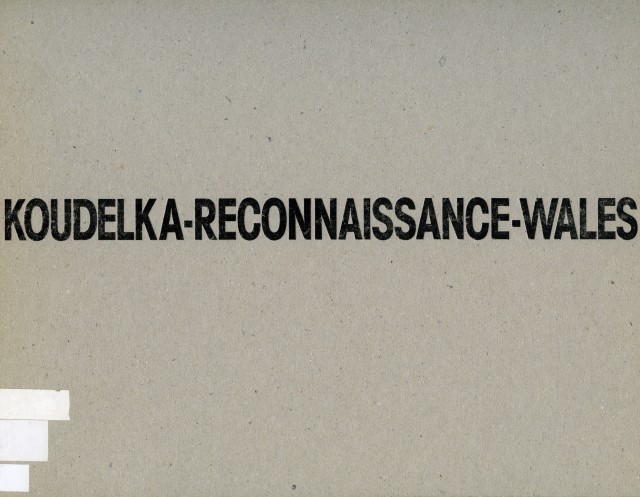

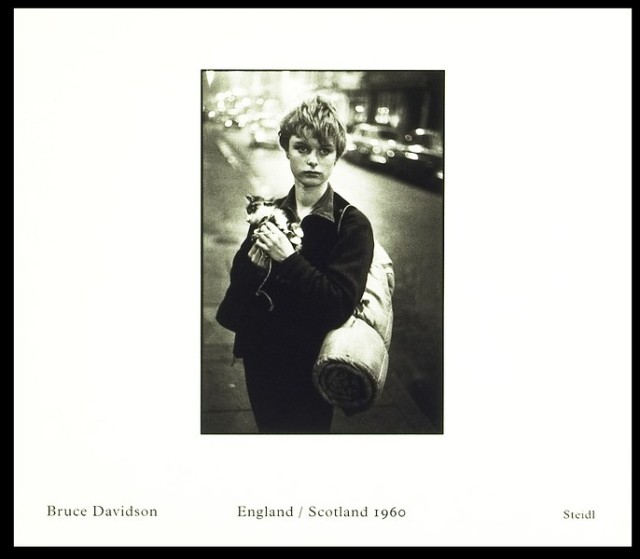






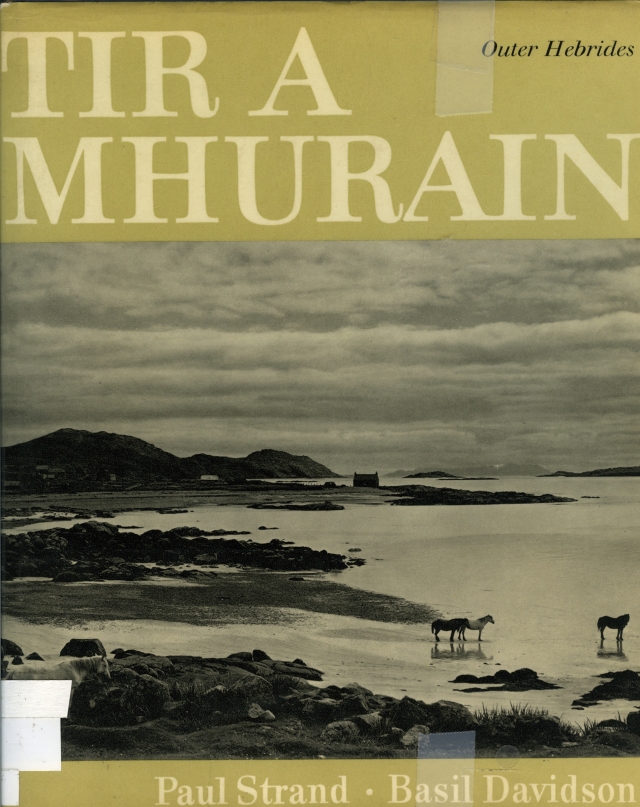




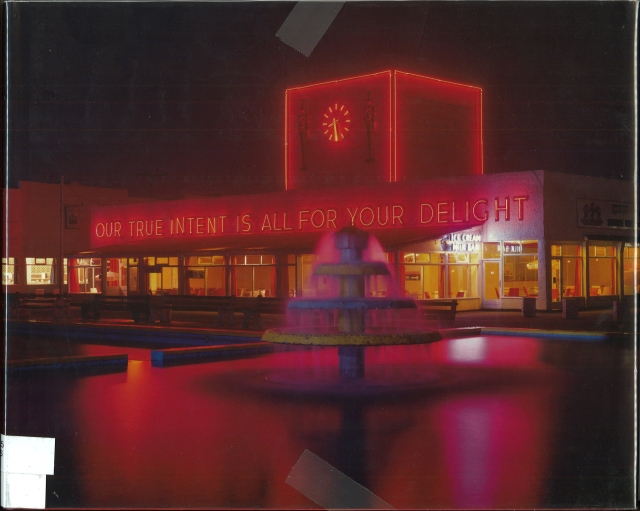

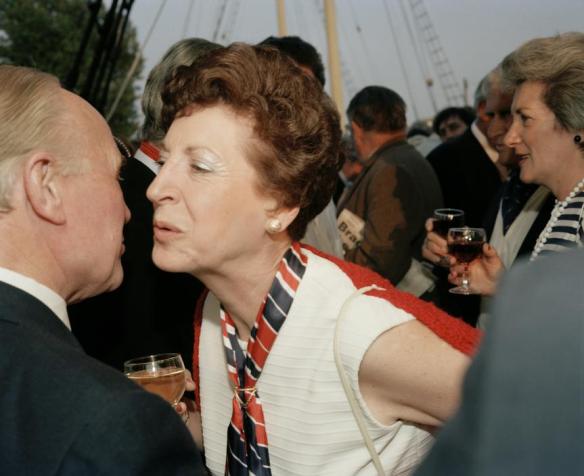
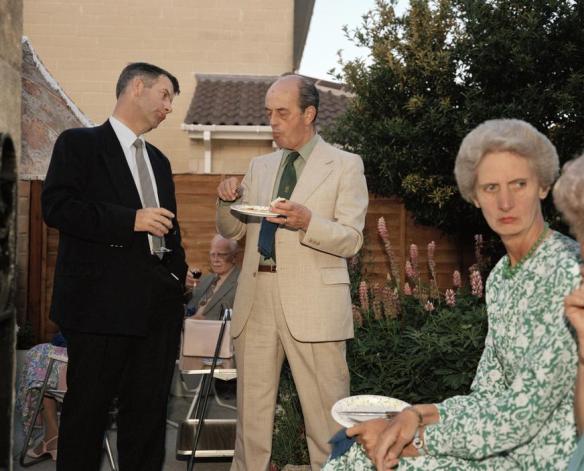
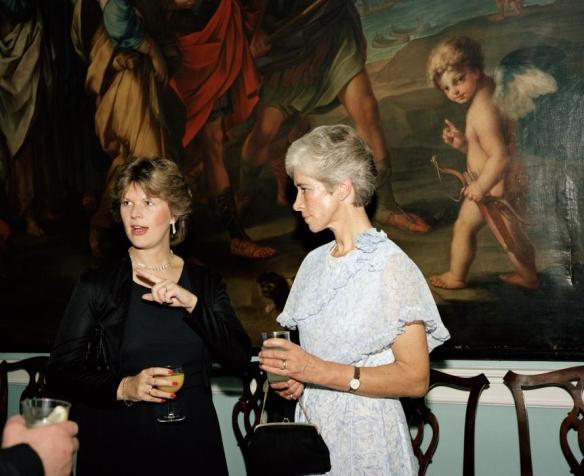
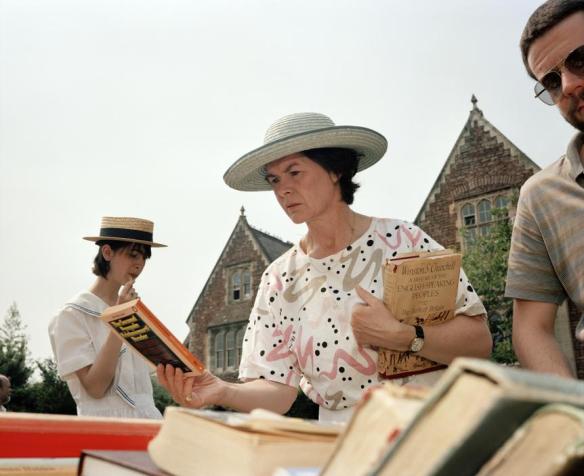









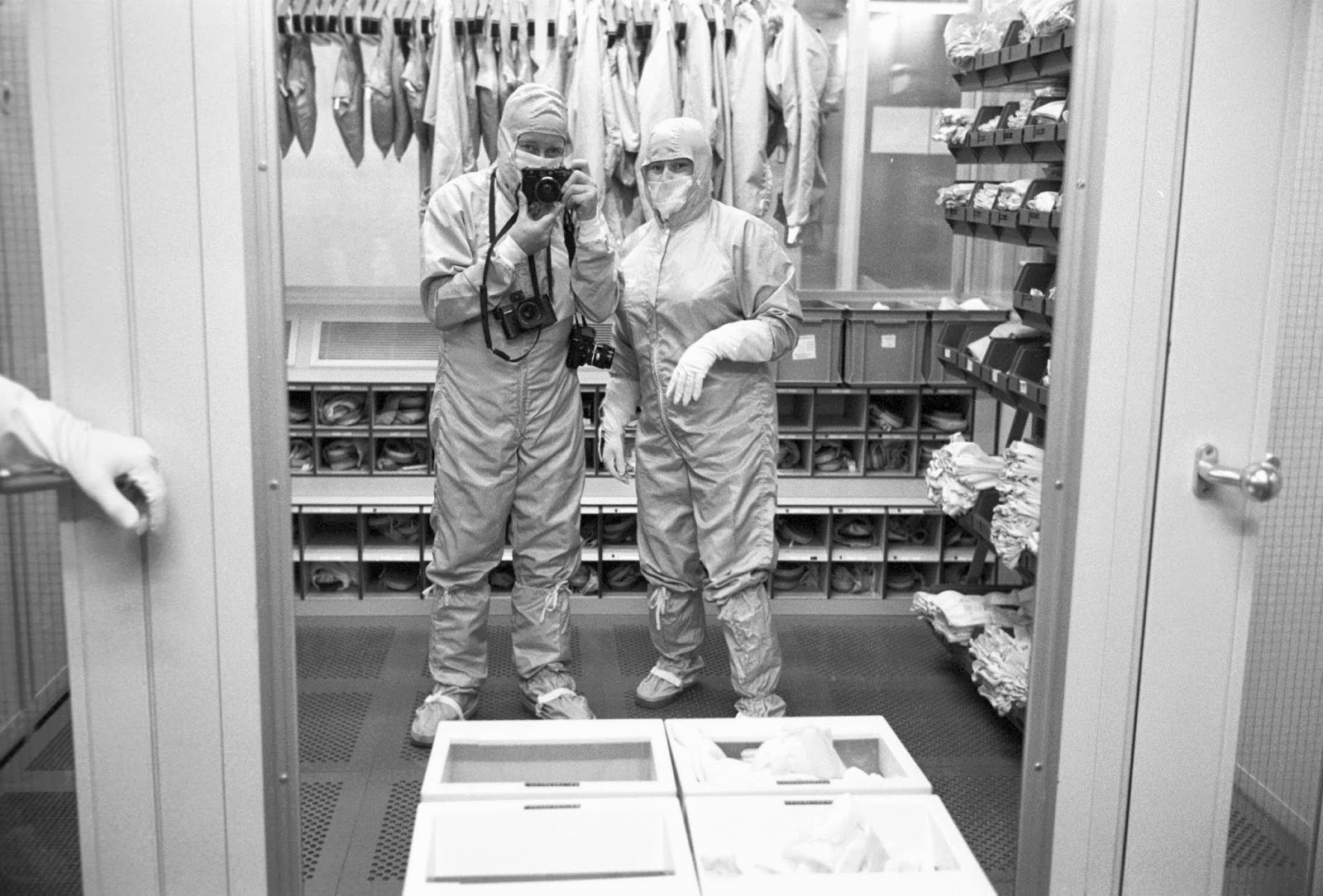




,2013_%20LhGWR%20gallery.jpg?w=325&h=480&mode=max&404=backup)














